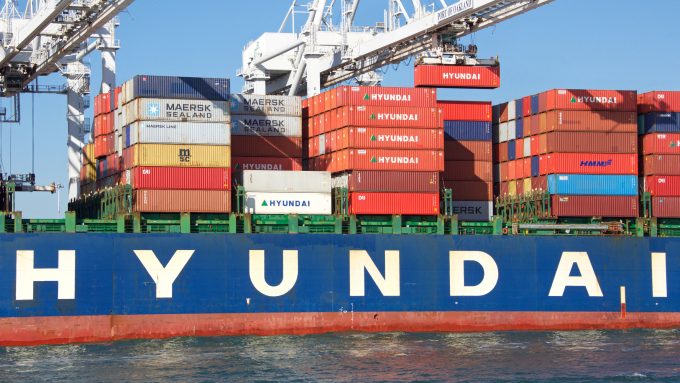East-west rates diverge as transpac spots hold while Asia-Europe keeps falling
Container spot freight rates on the main east-west trades diverged this week after a series ...

THE Alliance yesterday published its 2020-21 network, which will launch on 1 April.
And despite the incorporation of HMM and its newbuild ULCVs, THE Alliance (THEA) will still lag behind its 2M and Ocean alliance rivals in terms of the number of services and big ships deployed between Asia and North Europe, according to Alphaliner.
The Ocean Alliance’s east-west network, also launching on 1 April, will feature seven Asia to North Europe strings, while the 2M, expected to announce its network changes ...
Trump tariffs see hundreds of cancelled container bookings a day from Asia
'To ship or not to ship', the question for US importers amid tariff uncertainty
'Disastrous' DSV-Schenker merger would 'disrupt European haulage market'
'Chaos after chaos' coming from de minimis changes and more tariffs
Forto 'sharpens commercial priorities' as it lays off one-third of staff
List of blanked transpac sailings grows as trade war heats up and demand cools
EC approves DSV takeover of DB Schenker
Overcapacity looms for ocean trades – with more blanked sailings inevitable
Amazon Air’s metamorphosis: 'a different air cargo unit from two years ago'
Shippers in Asia restart ocean shipment bookings – but not from China
India withdraws access for Bangladesh transhipments, in 'very harmful' decision
'Tariff hell' leaves industries in limbo – 'not a great environment to plan'

Comment on this article